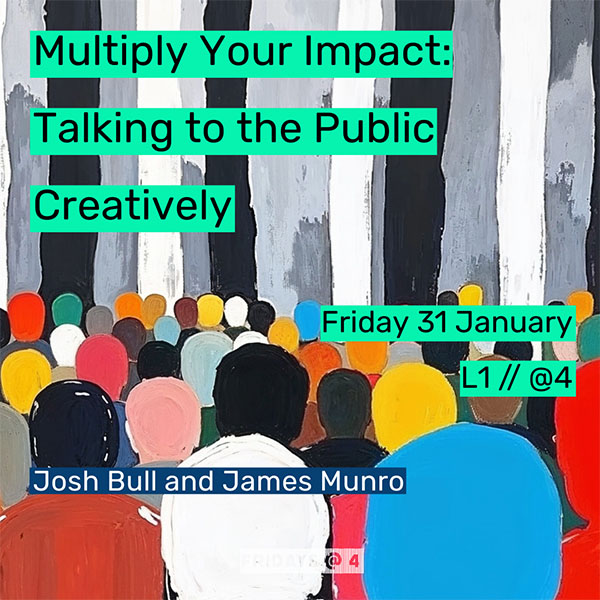Inverse problems involve reconstructing unknown physical quantities from indirect measurements. They appear in various fields, including medical imaging (e.g., MRI, Ultrasound, CT), material sciences and molecular biology (e.g., electron microscopy), as well as remote sensing just to name a few examples. While deep neural networks are currently able to achieve state-of-the-art performance in many imaging tasks, in this talk we argue that many inverse imaging problems cannot be solved convincingly using a black-box solution. Instead, they require a well-crafted combination of computational tools taking the underlying signal, the physical constraints and acquisition characteristics into account.
In the first part of the talk, we introduce INDigo+, a novel INN-guided probabilistic diffusion algorithm for arbitrary image restoration tasks. INDigo+ combines the perfect reconstruction property of invertible neural networks (INNs) with the strong generative capabilities of pre-trained diffusion models. Specifically, we leverage the invertibility of the network to condition the diffusion process and in this way we generate high quality restored images consistent with the measurements.
In the second part of the talk, we discuss the unfolding techniques which is an approach that allows embedding priors and models in the neural network architecture. In this context we discuss the problem of monitoring the dynamics of large populations of neurons over a large area of the brain. Light-field microscopy (LFM), a type of scanless microscopy, is a particularly attractive candidate for high-speed three-dimensional (3D) imaging which is needed for monitoring neural activity. We review fundamental aspects of LFM and then present computational methods based on deep learning for neuron localization and activity estimation from light-field data.
Finally, we look at the multi-modal case and present an application in art investigation. Often X-ray images of Old Master paintings contain information of the visible painting and of concealed sub-surface design, we therefore introduce a model-based neural network capable of separating from the “mixed X-ray” the X-ray image of the visible painting and the X-ray of the concealed design.
This is joint work with A. Foust, P. Song, C. Howe, H. Verinaz, J. Huang, Di You and Y. Su from Imperial College London, M. Rodrigues and W. Pu from University College London, I. Daubechies from Duke University, Barak Sober from the Hebrew University of Jerusalem and C. Higgitt and N. Daly from The National Gallery in London.



